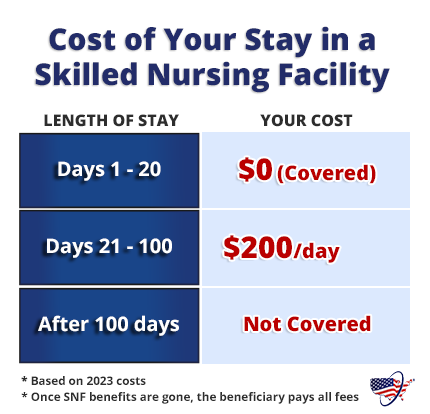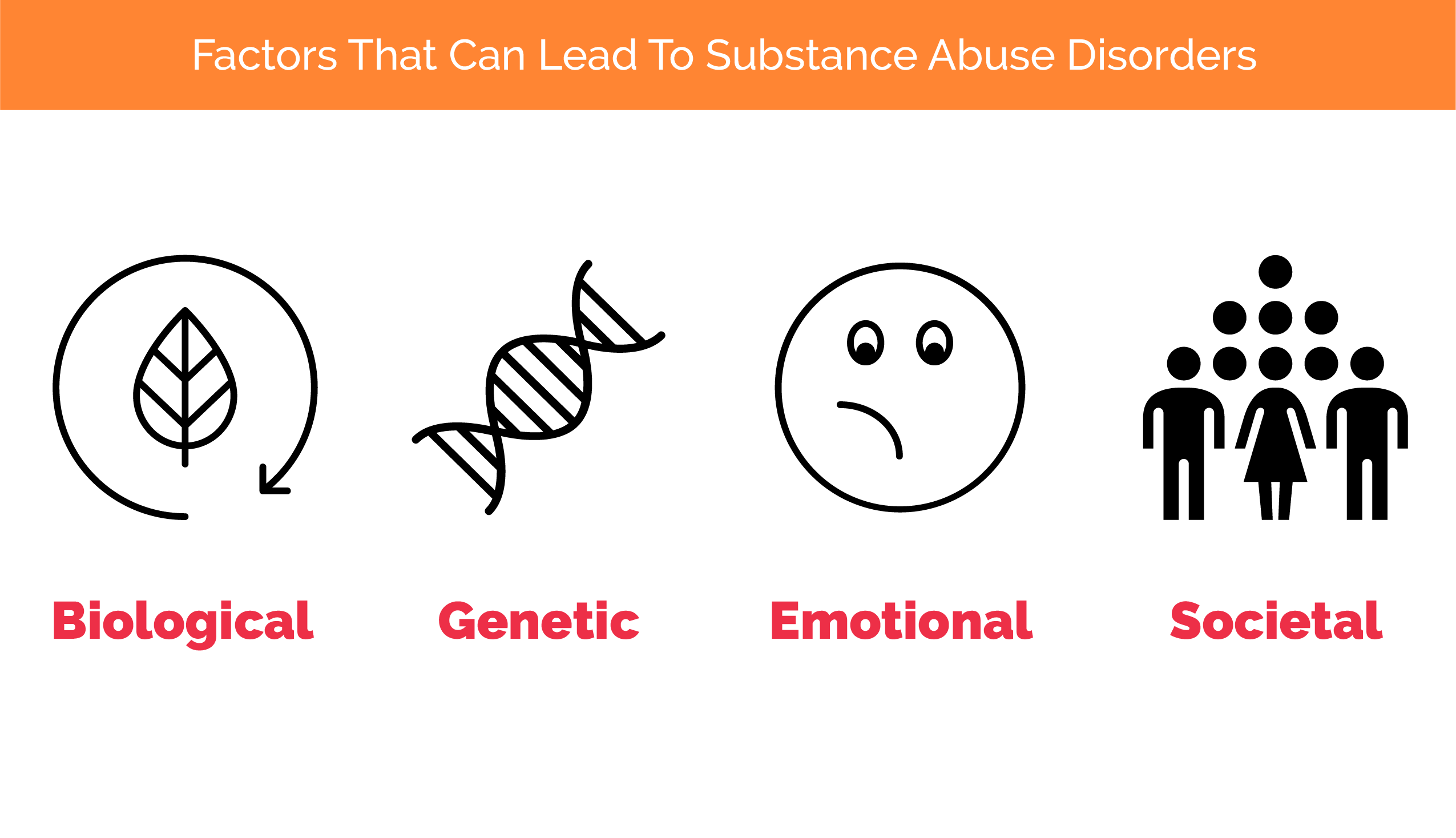350); this especially negative outlook could explain the outcomes. A variation of Rogers' technique has been developed in which clients are directly accountable for identifying the goals and objectives of the treatment. Known as Client-Directed Outcome-Informed therapy (CDOI), this approach has actually been utilized by numerous drug treatment programs, such as Arizona's Department of Health Providers. Psychoanalysis, a psychotherapeutic approach to habits change developed by Sigmund Freud and customized by his followers, has actually likewise provided an explanation of substance use. This orientation recommends the main cause of the dependency syndrome is the unconscious need to captivate and to enact different kinds of homosexual and perverse fantasies, and at the very same time to prevent taking responsibility for this.

The dependency syndrome is also hypothesized to be related to life trajectories that have occurred within the context of teratogenic procedures, the phases of which include social, cultural and political factors, encapsulation, traumatophobia, and masturbation as a type of self-soothing. Such a technique lies in stark contrast to the approaches of social cognitive theory to addictionand certainly, to habits in generalwhich holds people to regulate and control their own ecological and cognitive environments, and are not merely driven by internal, driving impulses. In addition, homosexual material is not implicated as a necessary function in dependency. A prominent cognitive-behavioral method to addiction healing and therapy has actually been Alan Marlatt's (1985) Relapse Avoidance technique.
Self-efficacy refers to one's ability to deal effectively and effectively with high-risk, relapse-provoking situations. Result span describe an individual's expectations about the psychedelic impacts of an addictive compound. Attributions of causality refer to an individual's pattern of beliefs that relapse to substance abuse is an outcome of internal, or rather external, short-term causes (e. g., permitting oneself to make exceptions when faced with what are judged https://writeablog.net/villee6aox/3-the-expense-of-a-partial-hospitalization-program-depends-on-your-medical to be uncommon situations). Lastly, decision-making procedures are implicated in the regression procedure too. Compound use is the outcome of numerous decisions whose cumulative impacts lead to an usage of the intoxicant.
For instance: As an outcome of heavy traffic, a recovering alcoholic may decide one afternoon to leave the highway and travel on side roads. This will result in the development of a high-risk situation when he understands he is unintentionally driving by his old favorite bar. If this person has the ability to employ successful coping methods, such as distracting himself from his cravings by switching on his favorite music, then he will avoid the regression danger (PATH 1) and heighten his effectiveness for future abstaining. If, nevertheless, he lacks coping mechanismsfor circumstances, he may start ruminating on his cravings (COURSE 2) then his efficacy for abstinence will decrease, his expectations of positive outcomes will increase, and he might experience a lapsean isolated go back to compound intoxication.
This is a dangerous path, Marlatt proposes, to full-blown regression. An additional cognitively-based model of substance usage recovery has been provided by Aaron Beck, the dad of cognitive treatment and promoted in his 1993 book Cognitive Therapy of Compound Abuse. This therapy rests upon the assumption addicted people possess core beliefs, often not accessible to instant awareness (unless the client is also depressed). These core beliefs, such as "I am unwanted," trigger a system of addictive beliefs that lead to thought of anticipatory advantages of substance usage and, consequentially, craving. As soon as craving has actually been triggered, permissive beliefs (" I can manage getting high just this one more time") are assisted in.
The cognitive therapist's job is to discover this underlying system of beliefs, evaluate it with the patient, and thus show its dysfunction. Just like any cognitive-behavioral therapy, homework assignments and behavioral workouts serve to solidify what is discovered and gone over during treatment. [] A growing literature is showing the significance of feeling regulation in the treatment of compound usage. Thinking about that nicotine and other psychoactive compounds such as drug activate similar psycho-pharmacological paths, a feeling policy method might be applicable to a broad array of substance usage. Proposed designs of affect-driven tobacco usage have actually concentrated on unfavorable reinforcement as the primary driving force for dependency; Drug and Alcohol Treatment Center according to such theories, tobacco is used due to the fact that it helps one escape from the unwanted results of nicotine withdrawal or other negative moods.
How Who Is Mental Health Facility The Nursing Supervisor At Miller Rehab In Kankakee can Save You Time, Stress, and Money.

Mindfulness programs that encourage patients to be familiar with their own experiences in the present moment and of emotions that occur from thoughts, appear to avoid impulsive/compulsive responses. Research also indicates that mindfulness programs can reduce the intake of substances such as alcohol, cocaine, amphetamines, marijuana, cigarettes and opiates. People who are diagnosed with a psychological health disorder and a simultaneous compound usage disorder are known as having a double diagnosis. For example, somebody with bipolar illness who likewise has an alcohol usage condition would have dual diagnosis. In such occasions, 2 treatment strategies are required with the psychological health disorder requiring treatment initially.
Behavioral models use principles of practical analysis of drinking habits. Habits designs exist for both working with the person utilizing the substance (community support approach) and their household (neighborhood support method and family training). Both these models have had substantial research study success for both efficacy and efficiency. This design lays much emphasis on the usage of analytical methods as a method of assisting the addict to overcome his/her addiction. Barriers to accessing drug treatment may worsen negative health results and more exacerbate health inequalities in the United States. Stigmatization of substance abuse, the War on Drugs and criminalization, and the social factors of health need to all be considered when discussing access to drug treatment and possible barriers.
Other barriers to treatment include high costs, absence of customized programs to resolve specific requirements, and prerequisites that require individuals to be house, abstinent from all compounds, and/or used. (See low-threshold treatment and housing initially for more context on the latter point.) Even more, barriers to treatment can vary depending upon the geographical area, gender, race, socioeconomic status, and status of previous or current criminal justice system involvement of the individual seeking treatment. In spite of ongoing efforts to combat addiction, there has been proof of clinics billing clients for treatments that might not guarantee their healing. This is a major issue as there are many claims of scams in drug rehabilitation centers, where these centers are billing insurer for under delivering much needed medical treatment while tiring patients' insurance benefits - how long does a typical occupational therapy evaluation take in inpatient rehab.
Under the Affordable Care Act and the Mental Health Parity Act, rehabilitation centers are able to expense insurer for compound use treatment. With long wait lists in restricted state-funded rehabilitation centers, controversial personal centers rapidly emerged. One popular design, known as the Florida Model for rehabilitation centers, is frequently criticized for deceptive billing to insurance coverage business. Under the guise of helping clients with opioid addiction, these centers would offer addicts free rent or approximately $500 per month to stay in their "sober houses", then charge insurer as high as $5,000 to $10,000 per test for basic urine tests.